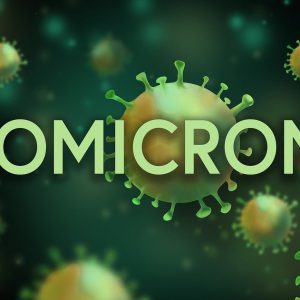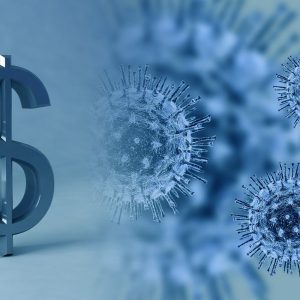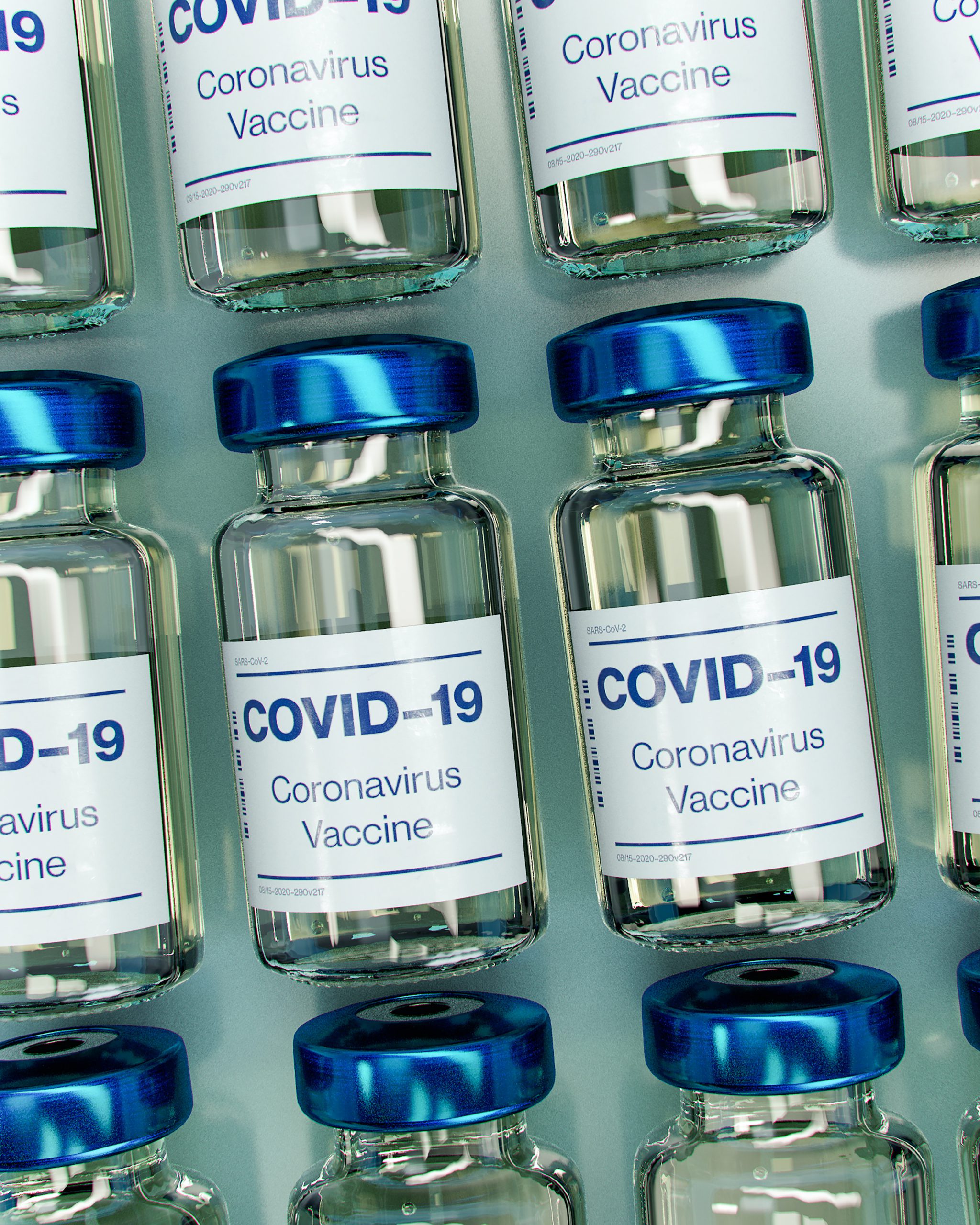Last Updated on April 26, 2022
This article originally appeared on BeMedWise. An up-to-date version can be found here.
COVID-19 has left its mark in more ways than the number of COVID-19 infections, hospitalizations, deaths, and long-term consequences indicate. While the COVID-19 pandemic is having a direct detrimental effect on public health, the economy, and our social lives, there are many indirect medical consequences as well.
In 2021, the death rate in the United States was the highest it has ever been — especially in the 15-44 age range. While the death rates for cancer, diabetes, chronic liver disease, and stroke rose slightly, deaths from COVID-19 infection and indirect deaths from other conditions due to COVID-19 were the major contributors to this increase. From 2020 to 2021 COVID deaths increased from 351,000 to 415,000, an 11.8% increase. For every 21 deaths from COVID-19 there were another four deaths from other causes that the COVID-19 pandemic was indirectly responsible for, such as chronic disease — especially diabetes, suicide, drug overdose, and homicide.
The complications of COVID-19, such as Long COVID syndrome, multisystem inflammatory syndrome in children, damage to the brain and other organs (including the heart, lungs, and kidneys), blood clotting abnormalities, blood vessel problems, and mood disorders are well documented. However, there are multiple other health problems that resulted from the prolonged pandemic.
The ripple effect from the pandemic has resulted in a wide range of other medical consequences, most of which are the result of limited resources in medical centers overwhelmed by patients with COVID and the lockdowns, social isolation and economic insecurity that resulted from attempts to limit the spread.
Reduced access to primary care providers and preventative medical care — much of which has persisted as the measures relaxed — has resulted in many problems, including:
- Poor management of chronic medical conditions and delays in seeking care for non-COVID-19-related illnesses resulting in a higher rate of complications and more emergency room visits, hospitalizations, and deaths;
- Reduction of well-child visits resulted in children and adolescents missing routine vaccinations, less developmental screening and needed referrals for Early Intervention, and many parents without needed guidance to care for their children;
- Reduction of routine check-ups and needed vaccinations in adults;
- More emergency room visits for routine illness;
- Deferred cancer screenings leading to more advanced cancer at the time of diagnosis — the number of appointments for breast, cervical, and colon cancer screening in March 2020 was 86-94% less than the the average monthly screening from January 2017 through January 2020;
- Delayed elective surgeries resulting in increased severity of the condition; and
- Increased rates of sexually transmitted diseases (STD).
Reduced access to services for the elderly and those with low income, disabilities, mental health problems, and substance abuse disorders limited their ability to get necessary help for their healthcare needs.
Reduced access to school and social interaction resulted in anxiety and depression in many children. A higher rate of unhealthy lifestyle behaviors and practices, such as decreased activity, increased screen time, and unhealthy diets, especially in children, created additional health problems. Lockdowns resulted in higher rates of family conflict, domestic violence, and child abuse and online harassment, physical and sexual violence, and unintended pregnancies in adolescents and young adults in their 20s.
Reduced access to medical care due to overwhelmed healthcare systems contributed to reduced urgent visits for diabetes, cancer, respiratory disease, stroke, ischemic heart disease and hypertension disorders, and kidney disease which resulted in increased rates of complications and deaths, specifically deaths at home. Reduced access to medical care during pregnancy and childbirth increased rates of complications and deaths.
While COVID-19 is still having a devastating effect on health and healthcare in this country, it is not the whole medical story. The pandemic itself has negatively impacted health and healthcare by indirectly creating many additional medical problems, usually from limited availability of resources in medical centers overwhelmed by patients with COVID and the lockdowns, social isolation, and economic insecurity that resulted from attempts to limit the spread. The solution to the indirect consequences of COVID-19 pandemic is the same as for COVID-19 illness: a high enough rate of vaccination to achieve herd immunity. Once this happens, hospitals will be more available for non-COVID disease, the healthcare system can get back to preventive care, and social lives can get back to normal.
The NeedyMeds website has a database of over 100 nationwide resources for those who have been impacted by COVID-19. For those looking for information on receiving a coronavirus vaccine, find your area’s locations and appointment availability at vaccines.gov. There may be options for children to get vaccinated even if their parents don’t grant permission.




